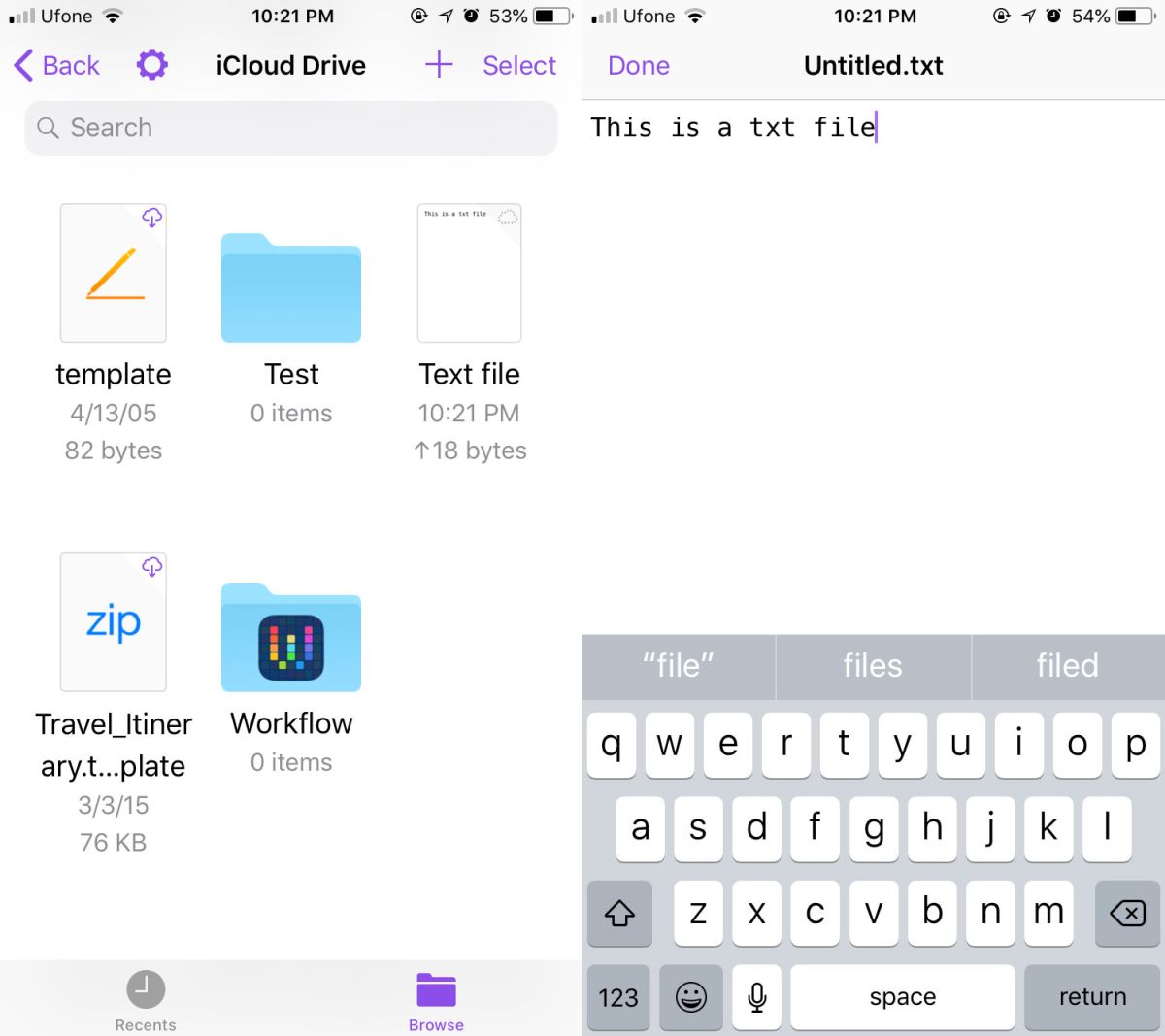

The computer will save the changes to your existing document. You can type anything, for instance, how is the weather? Now click File>Save. Within the document, type a few words after your name. Instead of “Untitled – Notepad” at the top, it now shows your file’s name with Notepad. Look at the top of your Notepad document now. Notepad will assign the name, save our document, and return you to the document. Now click the Save button near the bottom. Notice the Save as type box already says this will be a “Text Document (*.txt)” object. You can also select a range by dragging through it. Once you have selected a range, anything you type will replace that range you don’t have to delete it first. When you click there, the entire “*.txt” turns blue because it is “selected.” “Range” is the name for the group of letters you have selected with your mouse. Notepad files are “text” files, words without a lot of extra stuff.Ĭlick on the asterisk. Next to file name you will see an asterisk “*” and “.txt” – see it? Remember the computer sorts everything by the type of file. Look down at the lower part of the Save As window, and you’ll see the File Name and Save As Type boxes. A “folder” is an area to store similar objects. You can usually change these default settings once you become an expert.
#HOW TO MAKE SAVE AS FOR TXT FILE ON MAC WINDOWS#
By “default” Notepad should have gone straight to your Documents library or “folder.” On a computer, “default” means the way Windows sets things up for you. Our Notepad document is, well… a document, so let’s put it inside your Documents area. Everyone’s computer is slightly different. Sometimes Music and Video libraries may be present. Windows automatically sets up several locations for you, also called “Libraries.” The most common libraries are your Desktop, Downloads, Documents, and Pictures. Quick Access lists the locations you use most often. On the left, are locations within your computer’s memory. Notice on the top left, there is a Notepad icon and the words “Save As” to remind you where you are – which window is open.

For our lessons, I will type these instruction as “File>Save As.” The “Save As” window will appear. Let’s start with clicking File tab and clicking on Save As. When you look at the menu options, you’ll notice some choices have ellipses, such as “Save As… and “Page Setup…” Clicking those options will take you to another window or menu. This Exit is exactly the same as the “X” on the top right of the Notepad window. If you click this before saving, the program will usually ask if you would like to save or exit without saving – notice I said usually, not always. Exit: Exits the program without saving your document.Print: Takes you to the “Print” window so you can print the document on your printer.Page Setup: Takes you to a “Page Setup” window where you select page settings that affect how the document will look on paper.Save As: Saves the document you are working on with a new name you assign.Save: Saves the document you are working on with the name you first assign.Open: Takes you to an “Open” file window where you can select and open a document that is already saved on your computer.New: Begins or “opens” a brand new blank file.Read through what they mean before we start using them. Click on the “File” tab (regular left-click), and a list of choices called a “ drop-down“ menu will appear.Īlmost every Windows program you use will have these basic File tab choices. In the last lesson we learned about “right-click” menus, and now we have our first “drop-down” menus.

These are the Notepad “ menu tabs” where you tell Notepad what you want it to do. Notice that there are command words above your name. Inside the blank Notepad, type your first and last name. Remember Notepad from our Taskbar lesson? Search for Notepad in your Taskbar search bar, then click on the Notepad icon. Save a Document in Notepad Open The File Menu


 0 kommentar(er)
0 kommentar(er)
